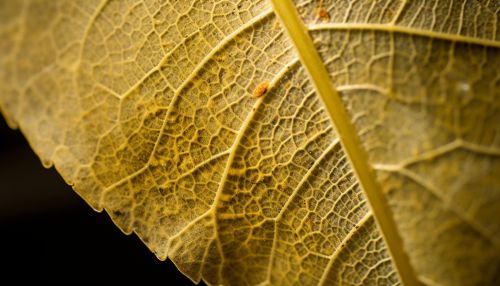Plant Pathogen
Introduction
Plant pathogens are microorganisms that cause diseases in plants, which can lead to significant agricultural losses. They can be classified into several categories, including fungi, bacteria, viruses, nematodes, and viroids.


Classification
Fungi
Fungi are the most common type of plant pathogen. They can cause a variety of diseases, such as powdery mildew, rust, and smut. Fungal pathogens can be further divided into biotrophic and necrotrophic pathogens. Biotrophic fungi require living tissue to grow, while necrotrophic fungi kill plant cells and then feed on the dead tissue.
Bacteria
Bacterial plant pathogens can cause diseases such as fire blight, bacterial leaf spot, and crown gall. They often enter the plant through wounds or natural openings and can be spread by insects, rain, or contaminated tools.
Viruses
Plant viruses are typically spread by insects or other vectors. They can cause a variety of symptoms, including mosaic patterns on leaves, stunted growth, and reduced yield. Common plant viruses include the tobacco mosaic virus, potato virus Y, and tomato spotted wilt virus.
Nematodes
Nematodes are microscopic worms that can cause significant damage to a variety of crops. They feed on plant roots, causing root knots or galls, stunted growth, and reduced yield. Examples of plant-parasitic nematodes include the root-knot nematode and the cyst nematode.
Viroids
Viroids are the smallest known pathogens, consisting of a short strand of circular, single-stranded RNA without a protein coat. They can cause diseases in several crop plants, including potato spindle tuber disease and citrus exocortis disease.
Disease Cycle
The disease cycle of plant pathogens involves several stages, including inoculation, penetration, infection, and dissemination. The specific details of the disease cycle can vary depending on the type of pathogen and the host plant species.
Management
Management of plant diseases caused by pathogens involves a combination of cultural practices, chemical control, and biological control. Cultural practices include crop rotation, sanitation, and the use of resistant varieties. Chemical control typically involves the use of fungicides, bactericides, and nematicides. Biological control involves the use of beneficial organisms to suppress the pathogen population.
Impact on Agriculture
Plant pathogens can have a significant impact on agriculture, causing losses in yield and quality. They can also increase production costs due to the need for disease management measures. In some cases, plant diseases can lead to food shortages and economic instability.
